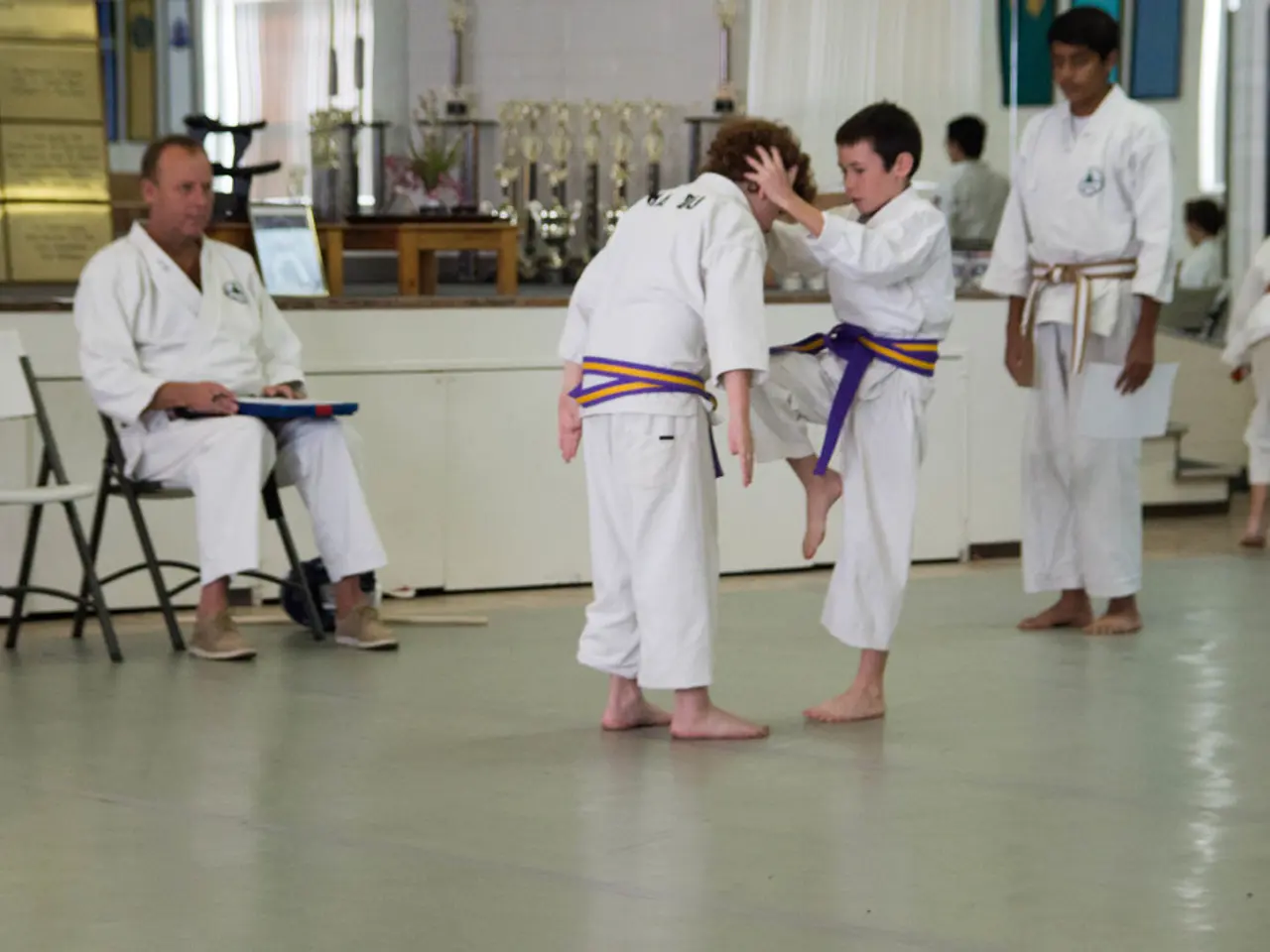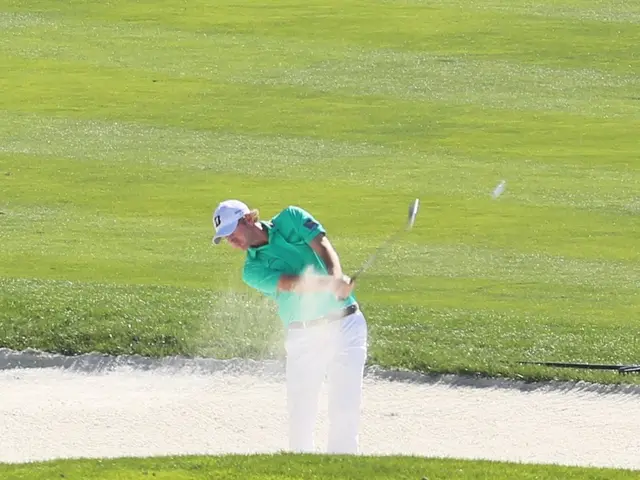Creating Exciting Scenarios of Physical Conflict
In the world of crime fiction, two authors stand out for their meticulous approach to writing action-packed scenes, particularly fight sequences. Jennifer Chase and Joanna Schaffhausen, both multi-award winning and best-selling authors, bring a unique blend of knowledge and experience to their stories.
Jennifer Chase, with a bachelor degree in police forensics and a master's degree in criminology & criminal justice, holds certifications in serial crime and criminal profiling. Her personal experience with a violent psychopath has influenced her stories, adding a layer of authenticity to her work. She is an affiliate member of the International Association of Forensic Criminologists and a member of the International Thriller Writers.
Chase recommends outlining fight scenes and encourages detailed research for their depiction. She advises studying the details of bones, tendons, veins, and the shape of fingernails for character development. Understanding where major organs such as the kidneys, solar plexus, liver, and heart are located makes fight scenes more believable. Taking a basic self-defence class or martial arts can help with understanding where characters should stand during a fight.
Chase also emphasises the importance of knowing self-defence and offensive moves, as well as stances, for writing realistic fight scenes. Weapons in a fight are not limited to guns; they can include hatchets, hammers, knives, swords, bats, and various other objects. If a gun is the character's weapon of choice, the author should know everything about it, including size, make, model, type of grip, number of bullets it holds, and how the safety works.
Joanna Schaffhausen, the author of "The Vanishing Season", holds a degree in English Literature and a Master's degree in Library and Information Science. She enjoys writing action-oriented stories with fights, weapons, car chases, martial arts, and shootouts. Schaffhausen believes that sketching out specific fight scenes can help visualize and improve the scene. This technique is recommended even for those who don't usually outline their work.
Schaffhausen's work also highlights the importance of understanding basic human anatomy when writing fight scenes. The human body has 206 bones, more than half of which are in the hands and feet. Considering injuries, weaknesses, and strengths in a fist fight or self-defence scenario adds a level of realism to the scenes.
In conclusion, both Jennifer Chase and Joanna Schaffhausen bring a wealth of knowledge and experience to their crime fiction writing, particularly in the depiction of fight scenes. Their emphasis on research, understanding of human anatomy, and attention to detail contribute to the believability and excitement of their action-packed stories. Whether you're a reader or a writer, their work serves as a reminder of the importance of research and attention to detail in creating engaging and realistic fight scenes.
Read also:
- Understanding Hemorrhagic Gastroenteritis: Key Facts
- Stopping Osteoporosis Treatment: Timeline Considerations
- Expanded Community Health Involvement by CK Birla Hospitals, Jaipur, Maintained Through Consistent Outreach Programs Across Rajasthan
- Abdominal Fat Accumulation: Causes and Strategies for Reduction




